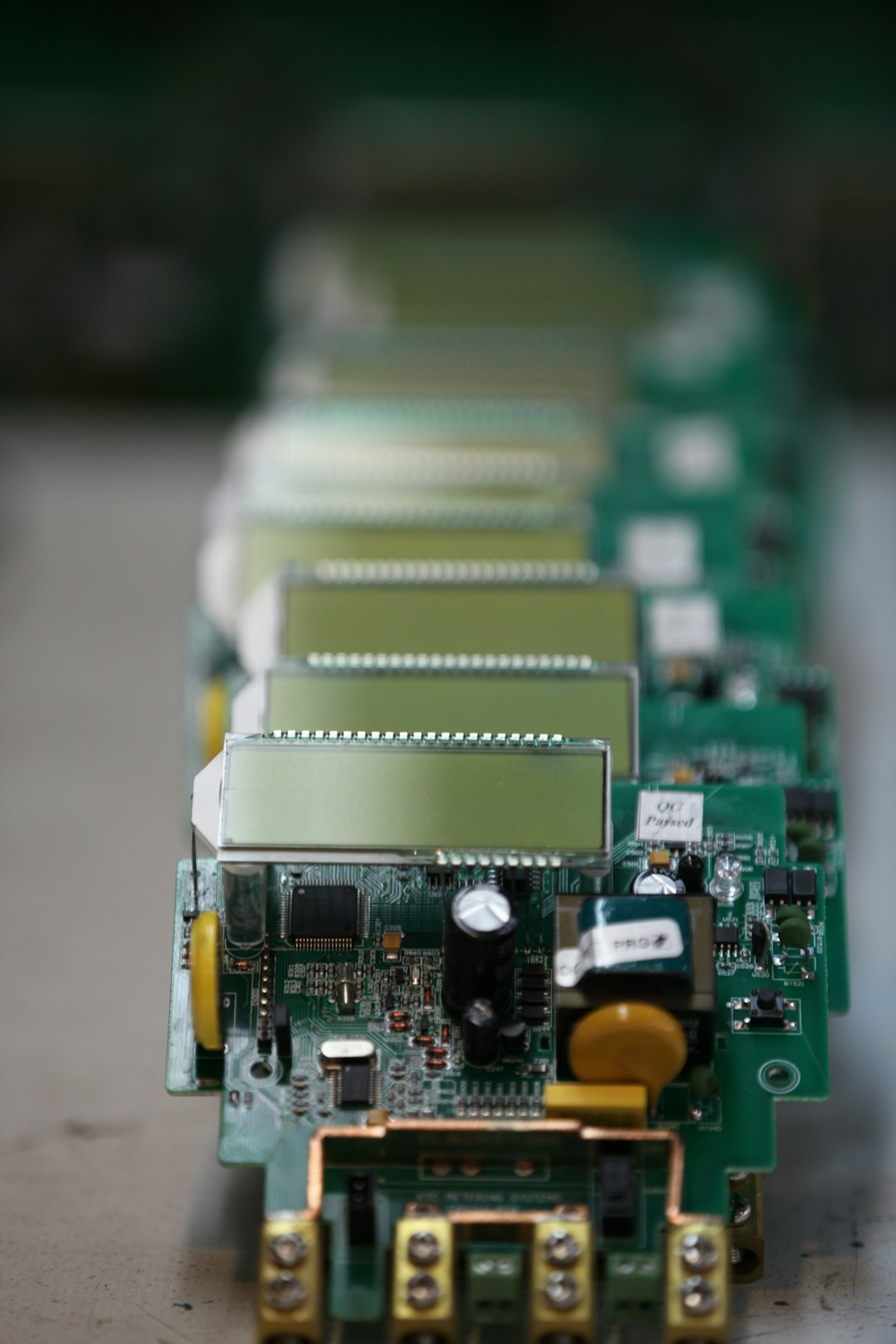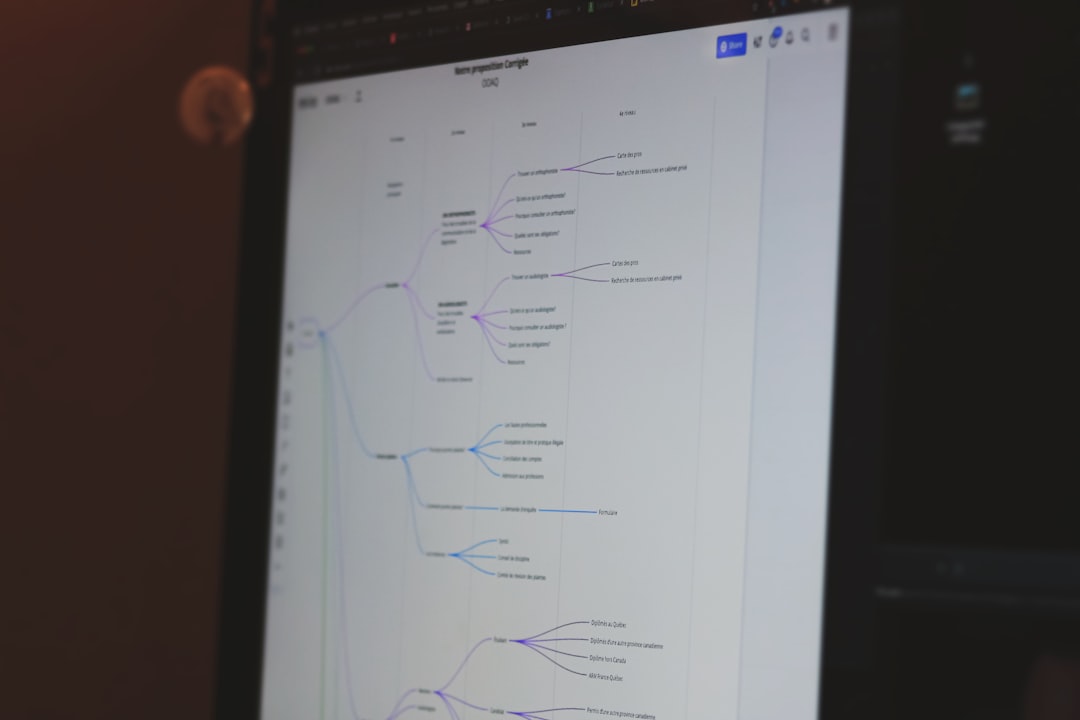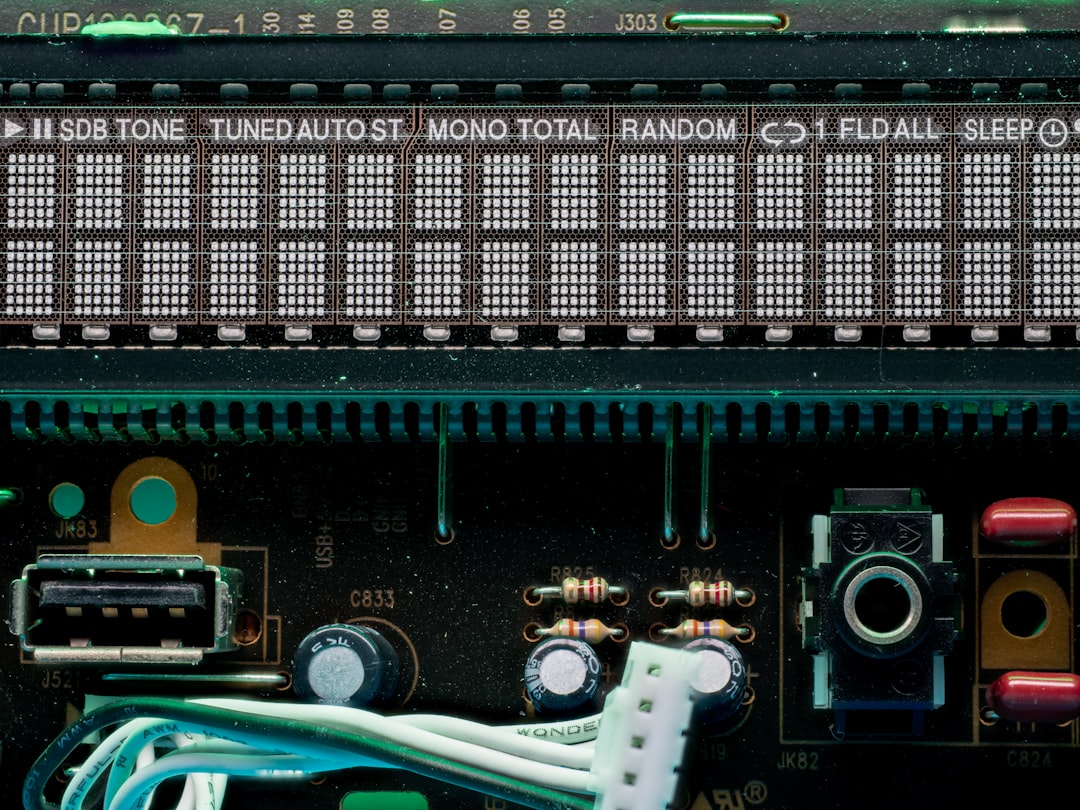When it comes to building a high-performance PC, Corsair products are often a top choice due to their reliability, performance, and customization features. Corsair’s iCUE software is central to managing many of those features, especially for RGB lighting and performance monitoring. However, users occasionally encounter an issue where iCUE does not detect Corsair RAM. This can be frustrating for enthusiasts who rely on the software to synchronize lighting effects or monitor system stats. Fortunately, several reliable solutions can restore full functionality.
Why iCUE Might Not Detect Corsair RAM
Before diving into solutions, it’s important to understand why iCUE might not be detecting your RAM. The issue can stem from several different causes:
- Incompatible or outdated iCUE version
- Motherboard BIOS settings or version
- Faulty or misconfigured RAM installation
- Operating system issues
- Conflicts with other lighting or monitoring software
With that in mind, let’s explore actionable fixes to help get your Corsair RAM showing up properly in iCUE.
1. Ensure RAM Compatibility
Not all Corsair RAM modules support iCUE. The software is compatible primarily with RAM that includes programmable RGB lighting, such as Corsair Vengeance RGB Pro, Vengeance RGB RT, or Dominator Platinum RGB.
You can verify compatibility by checking your product’s datasheet or Corsair’s official support website. If your RAM doesn’t come with RGB features, it may not appear in iCUE at all—which is normal behavior.
2. Update iCUE to the Latest Version
Outdated software can introduce bugs or compatibility issues. Make sure you’re running the latest version of iCUE by visiting the official Corsair website and downloading the latest build for your operating system.
To update:
- Open iCUE.
- Click the settings gear icon in the top-right corner.
- Select “Check for Updates.”
If an update is available, follow the on-screen instructions to install it, then restart your PC.
3. Check RAM Installation
Improperly seated RAM can lead to detection issues, both at the BIOS level and in software like iCUE. Power down your system and carefully remove and reinsert each RAM stick.
Ensure they are locked into the appropriate DIMM slots as guided by your motherboard’s manual. After reseating, reboot your system and check if iCUE now detects the RAM.

4. Update Motherboard BIOS and Chipset Drivers
Outdated BIOS settings or system drivers can hinder the system’s ability to communicate with RAM and peripheral components. Visit your motherboard manufacturer’s website and download the latest BIOS update and chipset drivers.
Caution: Updating BIOS is a sensitive process. Follow your motherboard manufacturer’s instructions carefully, and avoid interrupting the system during the update.
5. Enable SPD Write or SMBus Settings in BIOS
The ability of iCUE to read and control RAM RGB lighting often depends on access to the SMBus or SPD Write functions in your BIOS. If these settings are disabled, iCUE may fail to interact with the RAM.
To check and enable these settings:
- Restart your computer and enter the BIOS (usually by pressing Delete or F2 during boot).
- Navigate to advanced chipset or peripheral settings.
- Look for options like SPD Write Enable, SMBus Support, or similar terms and enable them.
- Save changes and exit BIOS.
After rebooting, launch iCUE to see if your RAM is now detected.
6. Check for Conflicts with Other Software
Some system monitoring and RGB control applications—such as ASUS Aura, MSI Mystic Light, or Gigabyte RGB Fusion—can conflict with iCUE. These programs may attempt to control the same components, leading to connectivity or detection issues.
Try closing or uninstalling these software programs temporarily to see if iCUE gains access to the RAM. If the conflict is resolved, consider permanently using just one suite to manage RGB lighting.
7. Reinstall iCUE Completely
Corrupted installation files can prevent iCUE from functioning properly. A complete uninstall followed by a clean reinstall may resolve the issue.
Steps to reinstall iCUE:
- Uninstall iCUE from the Control Panel.
- Navigate to
C:\Program Files\Corsairand delete theiCUEfolder if it still exists. - Press Win + R, type
regedit, and delete iCUE-related entries cautiously (optional and for advanced users). - Restart your computer.
- Download and install the latest version from Corsair’s official site.

8. Use Windows PowerShell to Reset Services
Sometimes specific Windows services related to hardware access can glitch or stop running as they should. Using PowerShell to reset these can be an effective fix.
Open Windows PowerShell as administrator and run the following commands:
Stop-Service -Name "CorsairService"
Start-Service -Name "CorsairService"
This will restart the core Corsair service, which might restore RAM detection in iCUE.
9. Check Windows Version and Updates
Certain Windows updates can interfere with third-party applications like iCUE. Make sure your OS is fully updated to prevent bugs or driver conflicts.
To update:
- Open Settings → Update & Security.
- Click Check for updates.
- Install any available updates and restart your PC.
10. Contact Corsair Support
If none of the above solutions resolve the issue, it may be time to contact Corsair technical support. You might be dealing with a hardware-specific issue or a rare software problem requiring advanced diagnostics or RMA.
Be prepared to provide the following when contacting support:
- Your system’s specs (RAM model, motherboard, CPU, OS version)
- The version of iCUE installed
- Screenshot of iCUE interface and Windows Device Manager
This information will help Corsair more efficiently diagnose and resolve your issue.

Conclusion
When iCUE fails to detect your Corsair RAM, it can diminish the user experience, especially if you rely on RGB customization or RAM monitoring. But with a systematic approach—ranging from software updates to BIOS configurations—you can often fix the issue without too much trouble. If everything else fails, Corsair’s technical support is just a click away. Addressing the root cause with precision will ensure your PC continues to shine, literally and figuratively.

